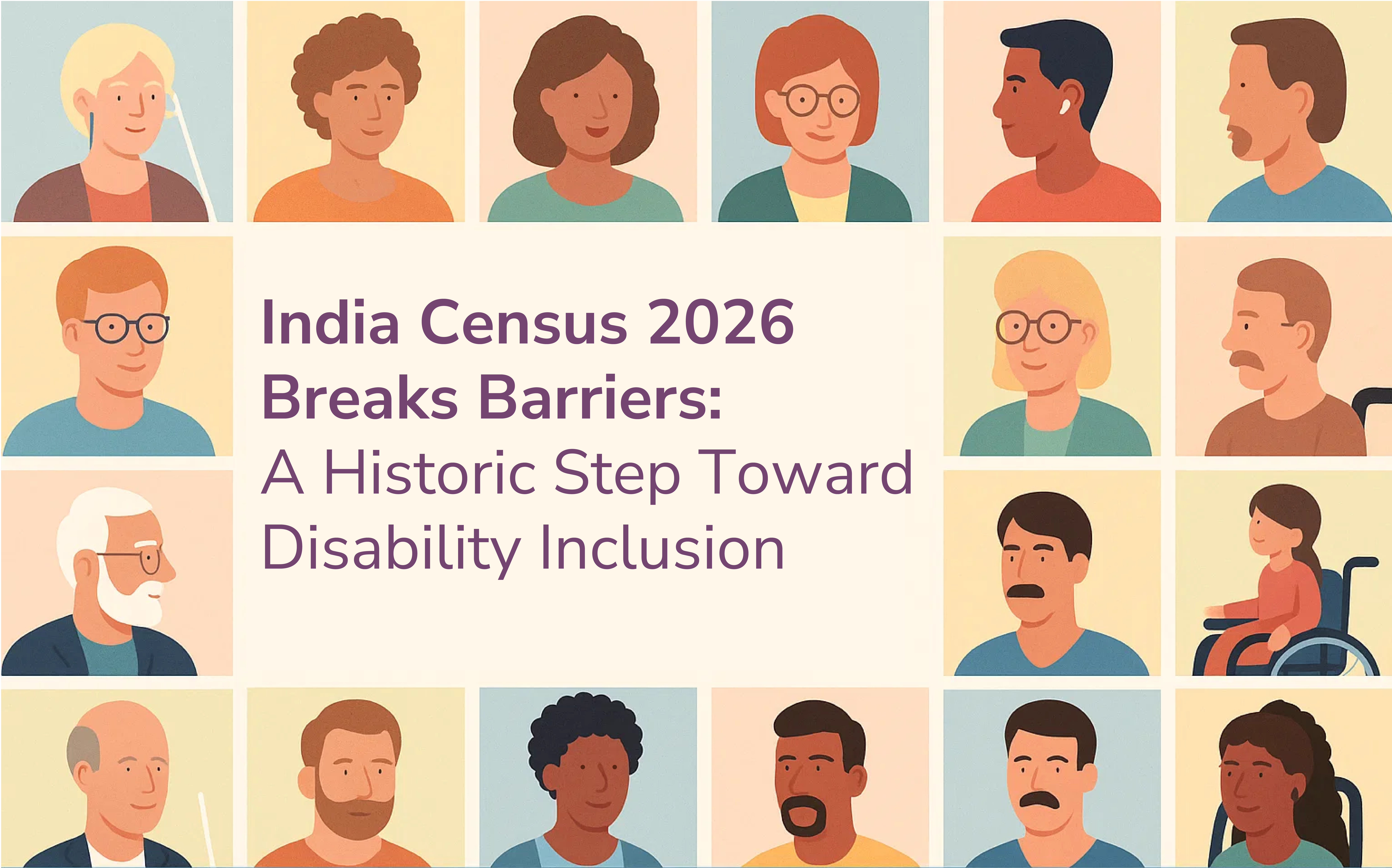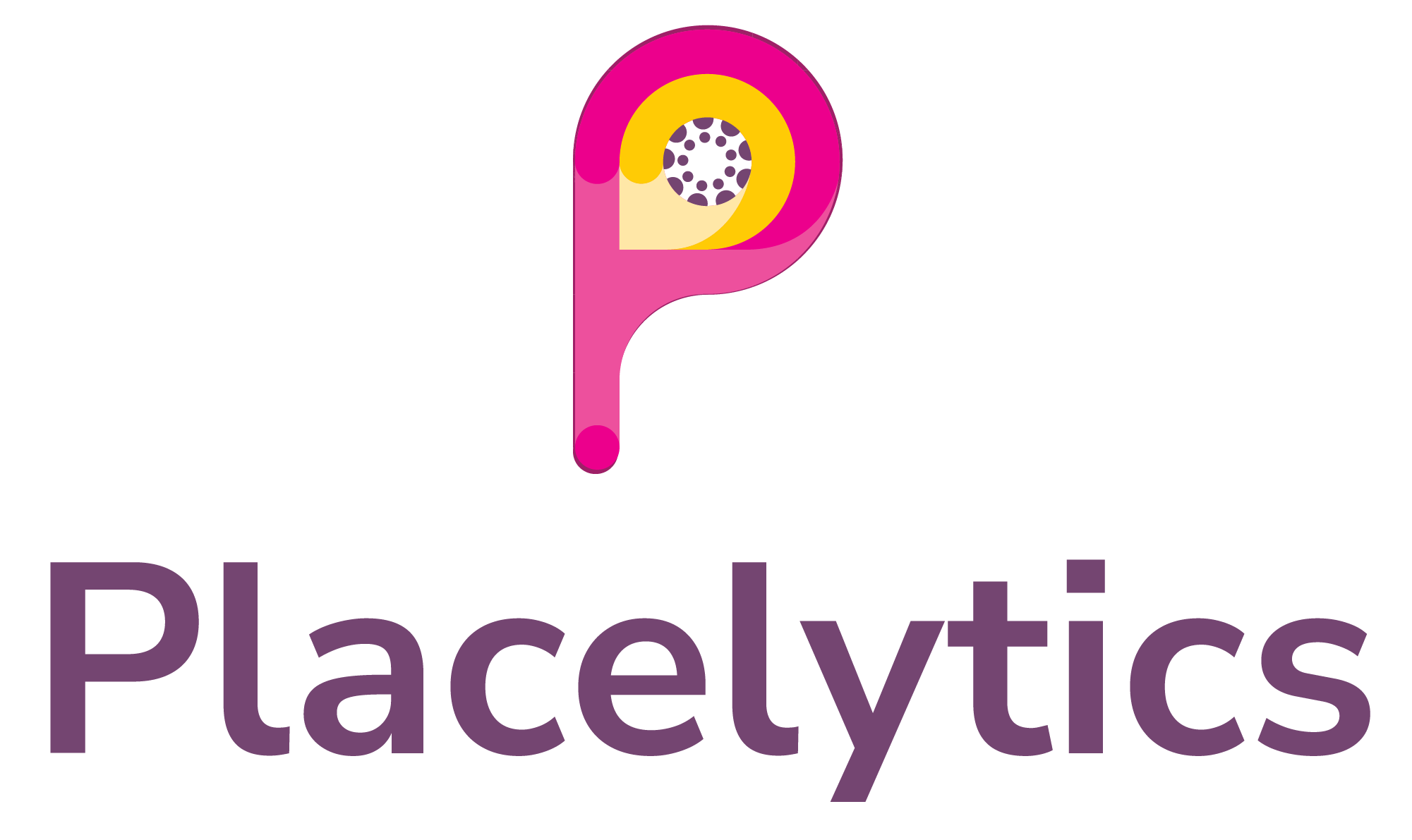
India Census 2026 Breaks Barriers: A Historic Step Toward Disability Inclusion
India’s upcoming 2026 Census is set to mark a historic milestone. For the first time, the national enumeration will comprehensively include all 21 categories of disabilities as defined under the Rights of Persons with Disabilities Act, 2016. This progressive move represents a pivotal shift, not only in the methodology of data collection but also in the nation’s broader commitment to equity, accessibility, and inclusion for persons with disabilities.
What Does This Inclusion Mean?
Until now, India’s census data on disability has remained significantly incomplete and outdated. The 2011 Census captured disability statistics under only eight broad categories: seeing, hearing, speech, movement, mental retardation, mental illness, multiple disability, and others. This limited and oversimplified framework failed to account for a wide spectrum of conditions, including autism spectrum disorder, intellectual and specific learning disabilities, chronic neurological disorders, dwarfism, and multiple disabilities, among others.
The consequences have been profound:
- Millions of individuals went uncounted.
- The data failed to capture the complexity and diversity of disability in India.
- Policies, budget allocations, and accessibility initiatives were based on flawed and incomplete information.
This systemic underreporting did more than create data gaps – it erased lived realities. It distorted demand projections, misinformed planning efforts, and effectively excluded a substantial segment of the population from the scope of mainstream development. Disability was not perceived as a policy or economic priority, simply because the numbers did not tell the whole story.
Notably, the 2011 Census reported a disability prevalence rate of only 2.26% in India, a figure that starkly contrasts with the World Health Organization’s estimate of approximately 16% globally. This vast difference highlights the magnitude of underreporting and reflects the critical data deficit that has hindered the creation of accessible and inclusive mainstream policies and infrastructure.
Why the Right Data Matters
Accurate, granular data is the foundation of inclusive development. Without it:
- Infrastructure remains inaccessible, as planners lack insight into the real-world needs of diverse disability groups.
- Public services are underprepared and unable to anticipate or accommodate varying accessibility requirements.
- Budgets are misaligned, resulting in either inadequate funding or misplaced priorities.
- Persons with disabilities (PwDs) are excluded from full participation in education, employment, public spaces, and civic life.
Conversely, comprehensive disability data empowers change. It informs inclusive urban planning, accessible transportation systems, disability-sensitive healthcare, education reforms, workplace accommodations, and social protection schemes.
In essence, data is the foundation of dignity.
Building a Truly Inclusive Society
The inclusion of all 21 categories of disability in the 2026 Census is a foundational step toward a more equitable and responsive India. It ensures that:
- Every disability group becomes visible, enabling a nuanced understanding of its distinct needs and challenges.
- Intersectional vulnerabilities, such as the compounded impact of disability with factors like gender, geography, or socio-economic status—can be identified and strategically addressed.
- Policy and planning decisions are informed by evidence, not by outdated assumptions or incomplete data.
For example:
- Accurate data on individuals with autism or specific learning disabilities will spotlight the need for inclusive pedagogical approaches and teacher training.
- Census recognition of psychosocial disabilities can drive the integration of mental health services within public health infrastructure.
- The inclusion of acid attack survivors as a distinct disability category ensures that rehabilitation, legal aid, and employment programs are appropriately tailored.
Conclusion
The decision to include all 21 disability categories in India’s 2026 Census is a transformative step toward inclusive development. It corrects the historical invisibility perpetuated by the limited framework of 2011 and provides the data backbone we’ve long lacked.
Because when everyone is counted, everyone wins.
Written by Placelytics Team
Learn more: www.placelytics.com

